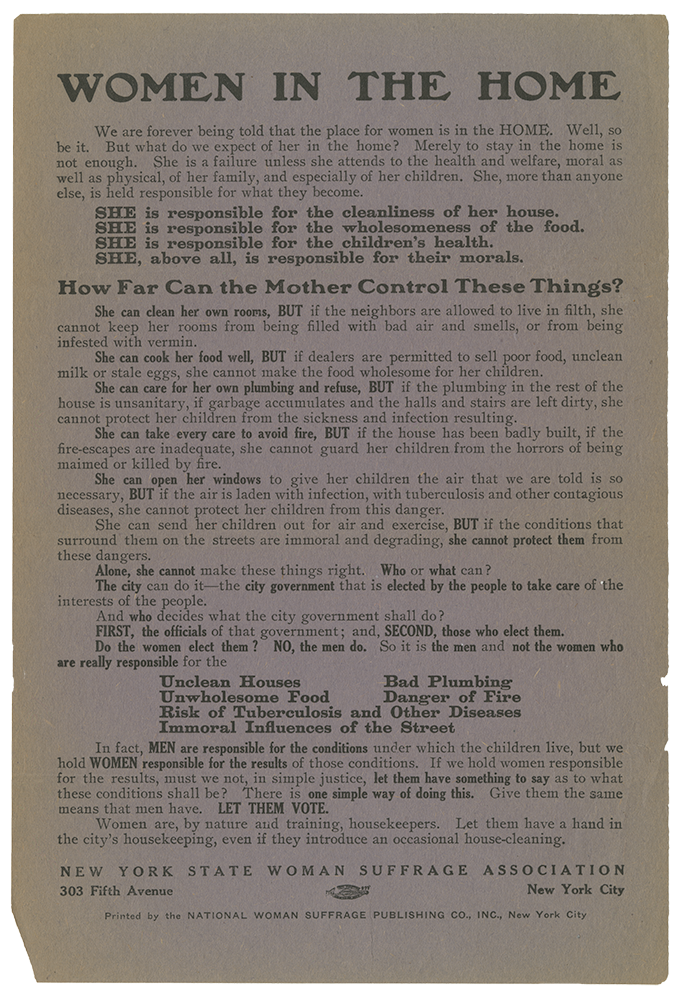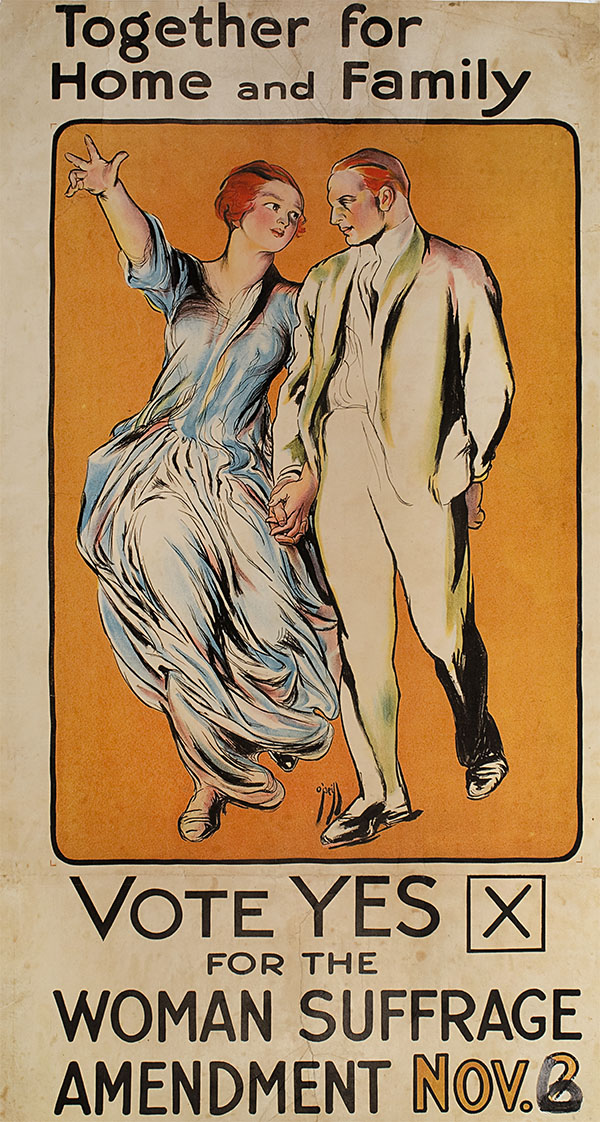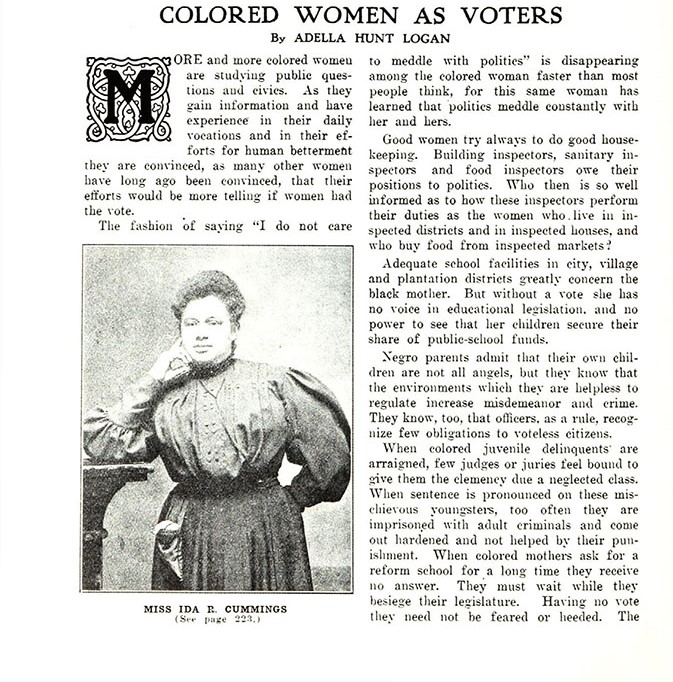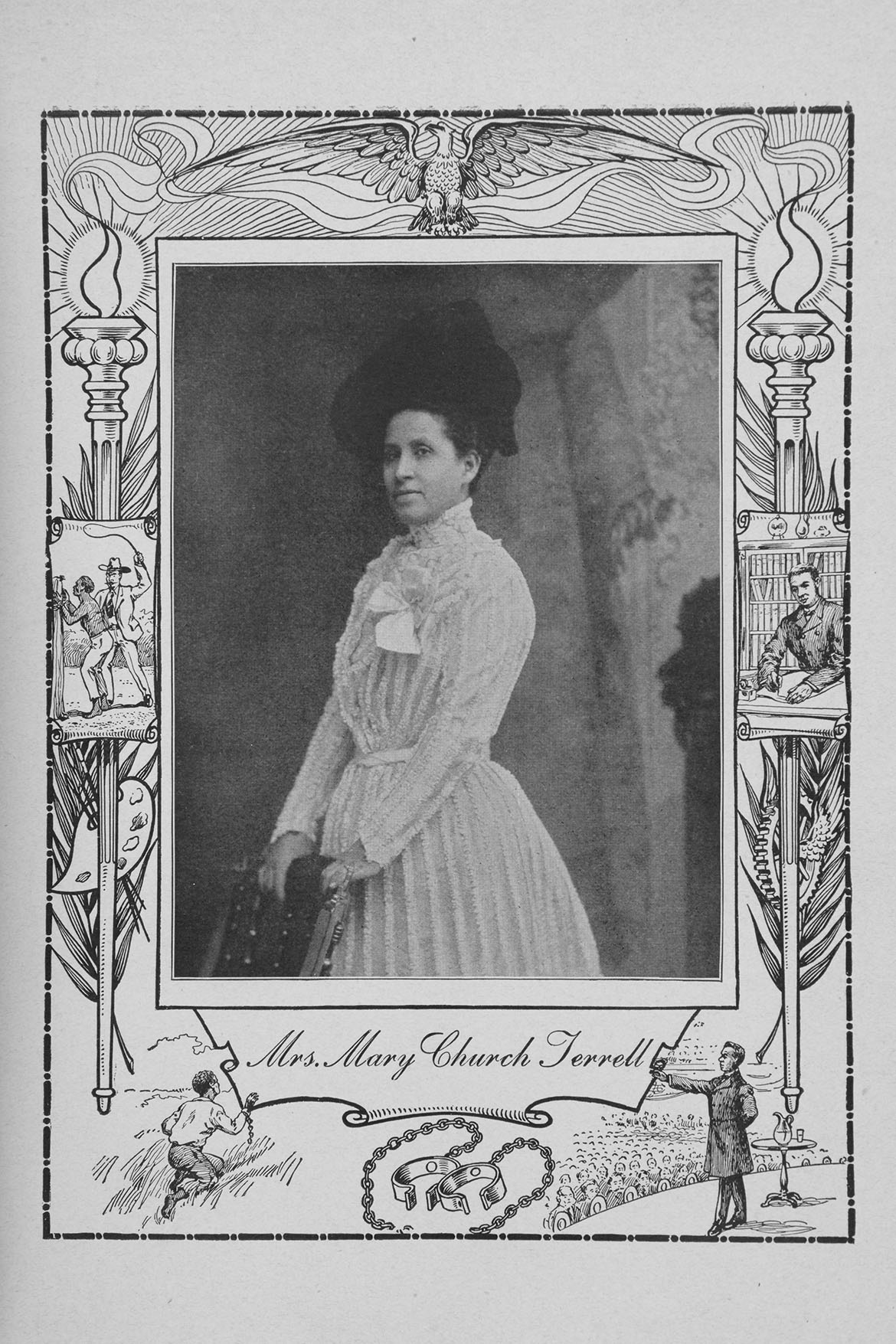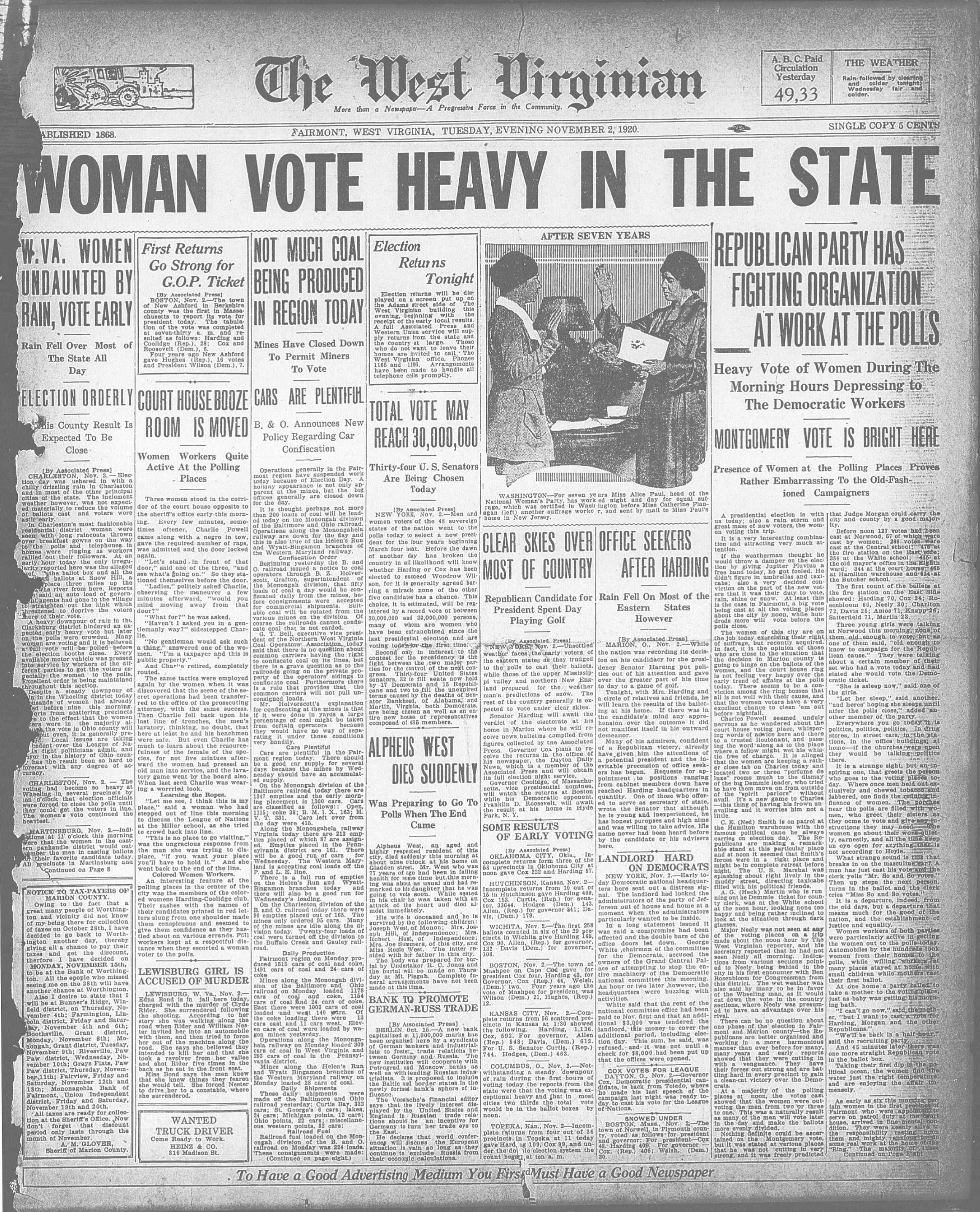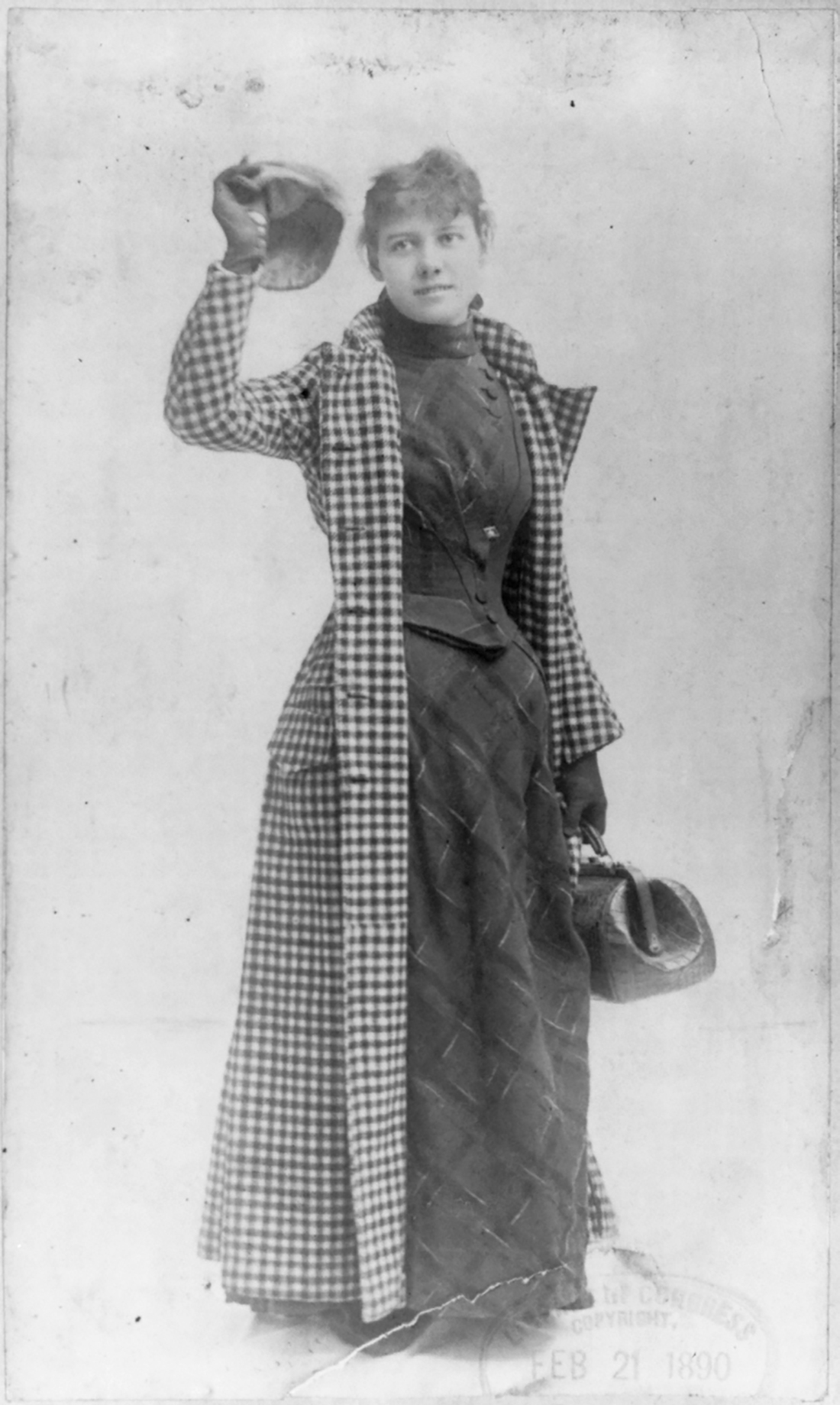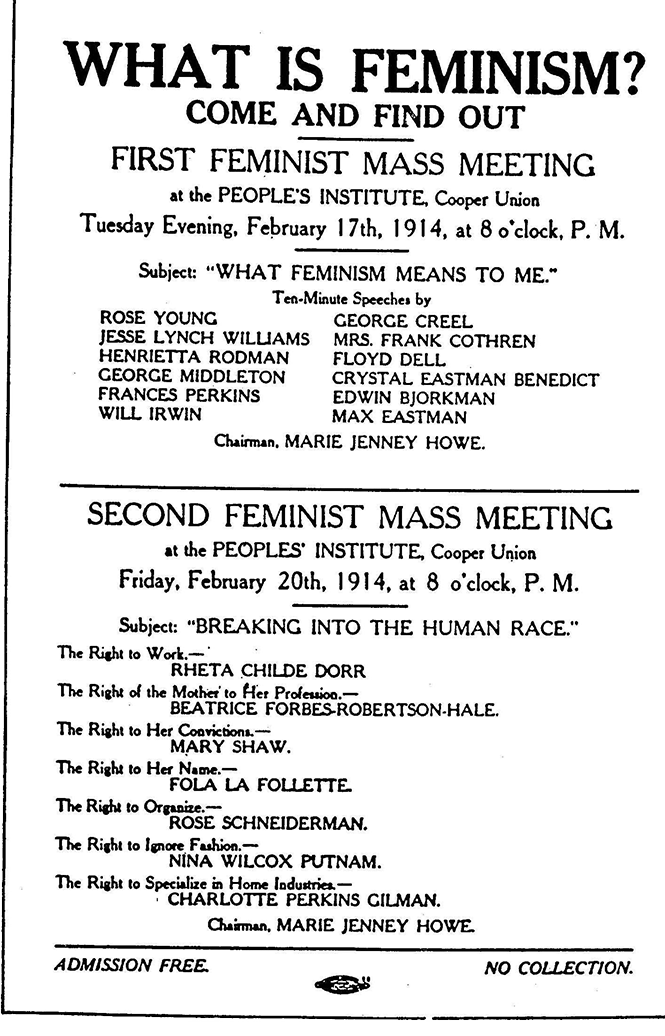White Southern Activists and Anti-Suffrage
Truth Crushed
Unknown. “Truth Crushed,” August 1920. Josephine A. Pearson Papers, 1860–1943. Tennessee
VIEW
Arguments for and Against Suffrage
Women in the Home
New York State Woman Suffrage Association, Women in the Home, n.d. New-York Historical
VIEW
XZpZGVyIj48L2Rpdj4=
Background
The fight for woman suffrage was about more than the right to vote. In arguing for and against suffrage, Americans were trying to define the role of women in society. For over a century, the prevailing belief was that American
VIEW
already have the vote, Black women are using it to make change.
In California the colored woman bore her part creditably in the campaign for equal suffrage and also with commendable patriotism in the recent presidential nomination campaign.
Black women
VIEW
School of Philanthropy. She briefly worked as a social worker in Seattle, Washington before dedicating her time to the woman suffrage movement. She fought for suffrage in Washington, California, Montana, New York, and Washington, D.C. In 1912, she served
VIEW
of local Black women’s clubs, NACW created unity across the Black reform movement and promoted respect for all Black women.
Suffrage was a primary focus of NACW and a common theme across all of Mary’s volunteer work. She strongly believed that real
VIEW
’s rights. She was wary of the suffrage movement because she believed that participation in politics was participation in a corrupt system that promoted inequality; women could vote just as unjustly as men. There was no guarantee, she argued, that women
VIEW
was ratified. Many suffragists were disappointed by the low turnout and the efforts to block women at the polls. They quickly turned their attention to encouraging voter registration and participation. The National American Women Suffrage Association
VIEW
journalism as a reporter for the New York Evening Journal. She covered a number of national news stories, including the Woman Suffrage Parade of 1913 in Washington, D.C. Elizabeth often referred to suffrage in her articles, arguing that women were as capable
VIEW
4=The term “feminist” came into popular usage after 1910. It was embraced by and used to describe women on the political left. Feminists were women who saw suffrage as only a small fraction of the bigger “woman problem.” Many feminists, like the
VIEW
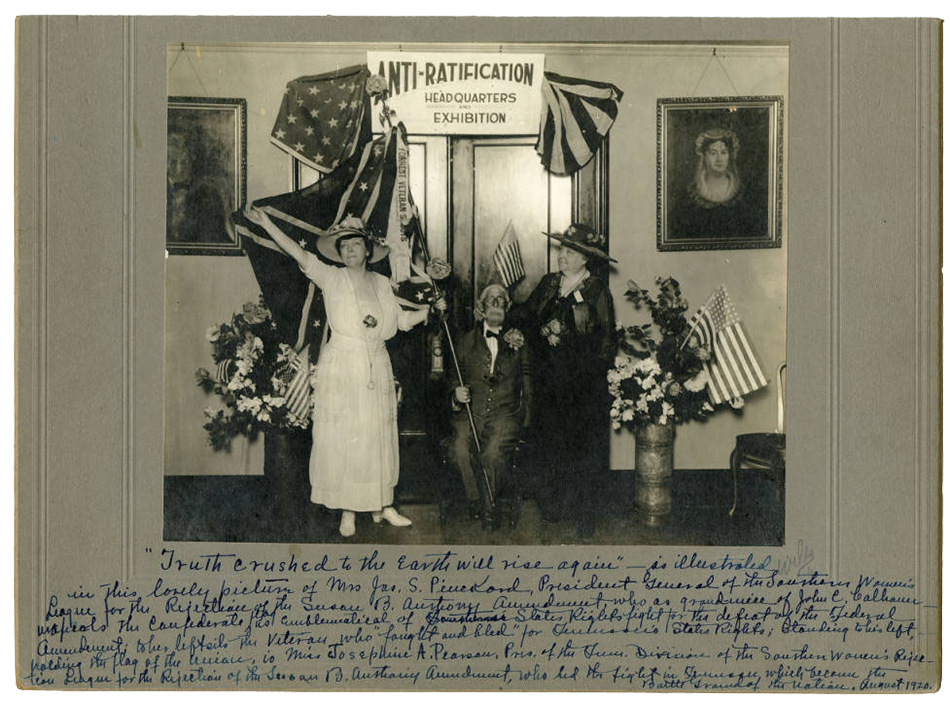
Search


